Many people believe that animals can handle cold much better than humans can, however, this is not true. Animals, like people, all have different tolerances for the cold. It’s important to pay attention to your pet and help make the colder months easier for he/she and you. Here are some winter pet safety tips:
Provide a warm place for a dog to sleep inside: Actually, the American Veterinary Medical Association recommends providing several different options throughout the house for your pet to sleep. Depending on the weather outside and the temperature of your house, your pet may need to move to a warmer location.
Get regular exercise: It’s still important for your dog to get regular exercise. You might need to shorten walks or time outside, but getting that exercise is still vital to maintaining your pet’s health.
Put petroleum jelly on your dog’s paws: Putting petroleum jelly on your dogs paws can help protect their paws from the salt and other things on the ground during the winter.
Wipe your pets paws down when they come inside: When you wipe down their legs and paws, you are not only removing as much water and mud as possible, but you are removing anything that could be harmful to your pet like antifreeze.
Keep the antifreeze put away: Antifreeze is toxic to cats and dogs if ingested, so keeping it up out of their reach is the safest option.
Don’t leave your pets in the car: While you always hear this tip in the summer, it's important to follow this rule in the winter as well. Cold weather can be just as dangerous as hot weather.
Watch for health concerns: The cold weather can escalate already existing health concerns and it could cause dry skin, much like in humans. Watch for these things and consult your vet if you have concerns.
Check the water bowl: If your pet has an outdoor water bowl, remember to check it frequently to make sure its not frozen.
Remember if it's too cold for you, it might be too cold for your pets. Be sure to provide the best care you can and remember to take those extra steps to make it through those cold winter months.










